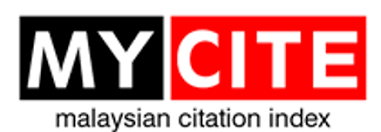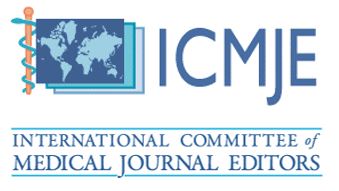A Narrative Review on Technology-enhanced Learning in Undergraduate Medical Education
DOI:
https://doi.org/10.51200/bjms.v16i3.3341Keywords:
blended learning, hybrid learning, medical education, narrative review, technology-enhanced learningAbstract
Technology-enhanced learning (TEL) in medical education is becoming increasingly popular because it reorganizes teaching and learning dynamics, incorporates various learning media for content delivery, and provides synchronous and non-synchronousinteractions in group and individual learning. This article aimed to evaluate the usefulness of TEL models in undergraduate medical teaching. In our review of TEL in medical education, we posed three research questions to analyse its effectiveness in undergraduate medical education, which are: (a) What are the TEL modalities used in undergraduate medical education? (b) How does technology-enhanced blended learning impact students’ engagement, knowledge gain, skills acquisition, and changes in perception and attitudes? (c) Is e-learning (Moodle) more effective than other technology-assisted online learning platforms in medical education? In the review, we have seen the evolution and development of TEL; its advantages and strength over traditional learning, especially in medical education, have been reiterated. As the various modalities undergo further research and develop more sophisticatedly, TEL learning would play a bigger role as mainstream later to replace the full traditional learning. Thus, educators, institutions and policymakers must be prepared and invested in the necessary financial, time and manpower resources to embrace the coming tide, to ensure successful incorporation.
Downloads
Published
2022-09-30
How to Cite
May Honey Ohn, Chan Zhi Wei, Bareth Ravindran, Tamilasari Sugumarn, Khin Maung Ohn, Constance Liew, & Alvin Oliver. (2022). A Narrative Review on Technology-enhanced Learning in Undergraduate Medical Education. Borneo Journal of Medical Sciences (BJMS), 16(3), 3–10. https://doi.org/10.51200/bjms.v16i3.3341
Issue
Section
Review article
License
The copyright of the article belongs to the authors, who retain ownership of their work published in the journal. Their work is distributed under the CC BY-NC 4.0 license








1.png)




